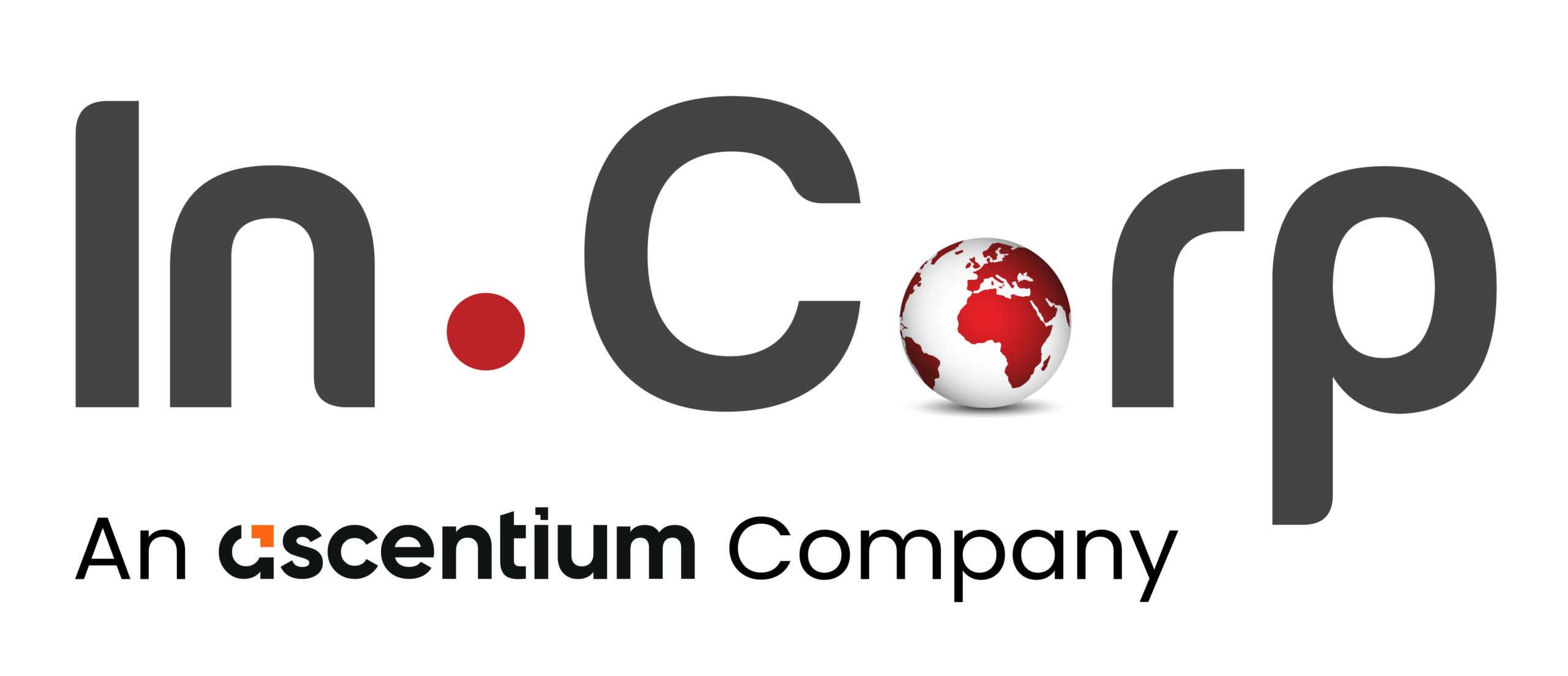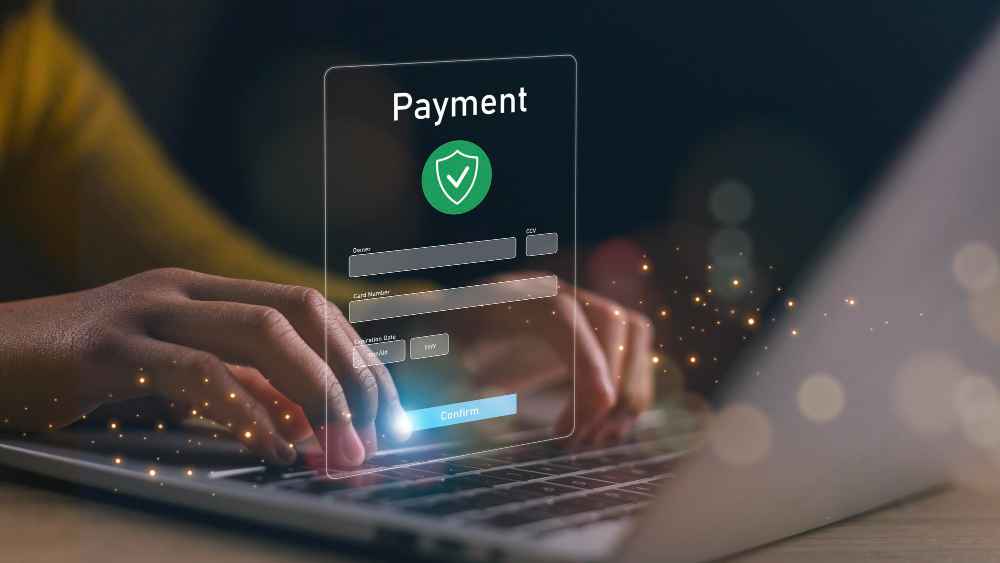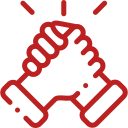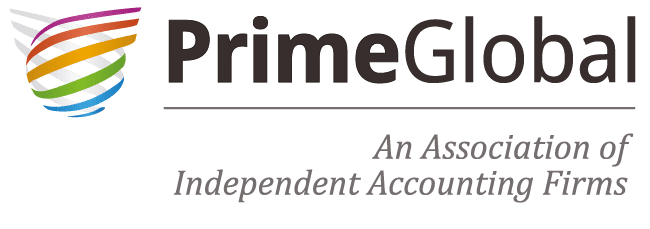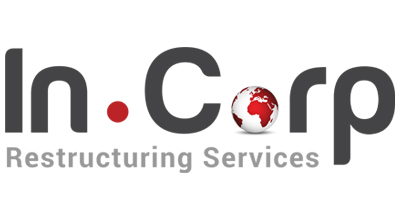Adopting SEBI’s CSCRF

Adopting SEBI’s CSCRF
Strengthening Governance Through SEBI’s CSCRF
- Last Updated
Cyber-attacks no longer arrive as stand-alone malware or phishing attacks. They’re now relentless, synchronized, and able to freeze key financial infrastructure. Aware of this, the Securities and Exchange Board of India (SEBI) has brought in a futuristic Cybersecurity and Cyber Resilience Framework (CSCRF) to unify the way financial intermediaries defend against, detect, and recover from such attacks.
This isn’t another checkbox regulation. It’s a request for an enterprise-level security culture that combines technology, governance, and accountability. Following is a step-by-step breakdown of what the CSCRF requires, who it covers, and how organizations can achieve timely compliance.
Why Did SEBI Introduce CSCRF?
Cybersecurity threats such as ransomware attacks have surged globally during the post-pandemic era. In order to ensure that businesses can withstand such failures caused by such cyber-attacks and continue to operate without disruption, regulators like SEBI have responded by mandating effective cybersecurity and resilience measures. SEBI’s CSCRF is not just about cybersecurity but also emphasizes resiliency by adopting specific goals.
Who Needs to Implement CSCRF?
The framework is applicable to 19 categories of SEBI-regulated intermediaries, such as:
- Market Infrastructure Institutions (MIIs)
- Stock Exchanges
- Depositories
- Mutual Funds and AMCs
- AIFs, Portfolio Managers, REITs, InvITs
- Custodians, KRAs, RTAs/QRTAs
- Brokers, CRAs, Investment Advisers, Research Analysts
Listed companies are subject to SEBI LODR’s cybersecurity requirement and are required to comply with CSCRF only if they are also subject to one of the intermediary categories mentioned above.
Implementation deadlines:
| Entity Type | Deadline | Forbearance Window |
|---|---|---|
| MIIs, KRAs, QRTAs, and infra | Jan 1, 2025 | Until Mar 31, 2025 |
| All other intermediaries | July 1, 2025 | Until Sept 30, 2025 |
The forbearance period offers a window of grace in which SEBI will not take penal action, provided there is bona fide, verifiable progress towards compliance.
What Does the CSCRF Demand?
The CSCRF is structured around six mutually dependent functional domains, providing an end-to-end lifecycle approach to security management. Each domain is concerned with a particular stage of response and preparedness.
1. Governance
- Establish and implement a Cybersecurity and Resilience Policy formally approved by the Board.
- Carry out yearly cyber risk assessments, adapting to emerging threat vectors.
- Name a Chief Information Security Officer (CISO) or similar authority with clear roles and reporting lines.
This makes it imperative that cybersecurity is no longer relegated to the IT department but turns into an executive issue with board-level oversight.
2. Identify
- Establish and update an end-to-end asset inventory, ranging from hardware, software, and APIs, through data stores and cloud instances.
- Categorize assets and information by business priority, sensitivity, and exposure under law.
- Review dependencies upon vendors, infrastructure services, and in-house applications.
Determining what requires protection is the foundation stone for security.
3. Protect
- Enforce user access controls, MFA, and least privilege.
- Encrypt sensitive data using strong, modern encryption standards.
- Secure remote access tools and deploy timely patching for all software and systems.
These steps lower the attack surface and ensure that even if a breach does happen, the damage will be contained.
4. Detect
- Establish a Security Operations Center (SOC) – either internally or through a trustworthy third party.
- Employ technologies like Security Information and Event Management (SIEM), Endpoint Detection and Response (EDR), and anomaly detection engines.
- Provide real-time event logging, threat intelligence, and actionable alerts.
Prompt detection is crucial as it reduces exposure and speeds up the incident response cycle.
5. Respond and Recover
- Create a solid Incident Response Plan (IRP) with well-defined escalation procedures.
- Conduct regular cyber drills to ensure readiness across departments.
- Have regular data backups and recovery tests to minimize operational downtime.
This area highlights the significance of not only surviving an attack but also recovering with minimal disruption.
6. Reporting and Compliance
- Report incidents of cybersecurity to SEBI and CERT-In within the stipulated time frames.
- Keep audit logs and compliance records for inspection and post-incident analysis.
- Perform third-party risk assessments, particularly for outsourced services such as SOC or VAPT.
Transparency and traceability are essential as regulators need evidence that policies are in place and effective.
Why Is CSCRF Hard to Implement?
Although clear, actual implementation of the framework in the real world is challenging, especially for small companies, because of:
- Shortages of skilled workforce: Cybersecurity professionals are costly and in short supply.
- Infrastructure deficits: Most companies continue to run on traditional systems without the architecture to support contemporary defenses.
- Cost barriers: Outsourcing SOCs, setting up SIEMs, and VAPT can all be costly.
- Vendor risk: Third-party vendors must also comply, followed by legal reviews and updating the SLA.
- Compliance: Starting from budgeting to top-down planning, internal training, and a genuine road plan for implementation.
How to Begin: The Practical Compliance Road Map
When adopting SEBIs CSCRF, it is best to avoid last-minute chaos by early and purposeful action. The roadmap suggested is:
- Perform gap analysis for the six areas of CSCRF.
- Assign the CISO or lead compliance person to drive implementation.
- Establish a CSCRF-compliant cybersecurity policy and get board approval.
- Assess in-house capabilities and find credible vendors for SOC, monitoring, and VAPT.
- Roll out awareness programs and training for top management through junior staff.
It would be far better for firms to treat compliance as the ongoing journey of continuous improvement rather than a once-in-a-while audit.
Final Thoughts
SEBI’s CSCRF is much more than a regulatory requirement – it is a trust-building framework in the digital space. Endorsing this framework pushes organizations to have higher governance, layered security, and incident preparedness, which reinforces the entire financial ecosystem.
If firms react positively to it, they will not just stay compliant but will also gain reputational credibility, operational stability, and confidence from all stakeholders in a world of ever-increasing threat volatility.
InCorp Advisory works with SEBI-registered entities to leverage CSCRF on a tailor-made and cost-saving basis. Be it the establishment of policies, VAPT testing, vendor scoring, or an end-to-end SOC-managed configuration, our consultants shall guide you from audit to assessment readiness.
Schedule a meeting with us today to initiate your journey toward scalable cyber compliance.
Authored by:
Nakul Pranav | Cybersecurity
FAQs
The CSCRF is mainly applicable to the 19 types of market intermediaries registered with SEBI. If your listed entity is also a market intermediary (for example, an Asset Management Company like HDFC AMC), then yes, the framework comes into play. If you are just a listed entity, normal listing requirements for cybersecurity apply, but not necessarily the CSCRF.
Although the 200+ page manual is overwhelming, some of the most important things to start with are:
- Governance: Thorough cybersecurity policies specific to your organization. Smaller players do not have this, so it is essential to start with it.
- Roles & Responsibilities: Clearly defined roles and responsibilities for the organization staff while small players shall nominate an officer to fulfill all the requirements.
- Asset Inventory: A list of your assets that include software, hardware, data, etc and classification on the criticality.
- Multi-Factor Authentication (MFA): Using MFA on critical systems to add security at an endpoint level.
SEBI is providing "regulatory forbearance" up to March 2025. This implies that if you can show that you have initiated some work to become compliant, you can be given additional time.
Also, according to the SEBI circular of 28th March, 2025, adoption and implementation of CSCRF is to be completed by June 30, 2025 except Market Infrastructure Institutions (MIIs), KYC Registration Agencies and Qualified Registrars to an Issue and Share Transfer Agents (QRTAs).
VAPT is "ethical hacking" performed to discover vulnerabilities in your systems before your enemies do. It means scanning your network, firewalls, applications, and internet connections to discover areas of weakness.
Share
Share
